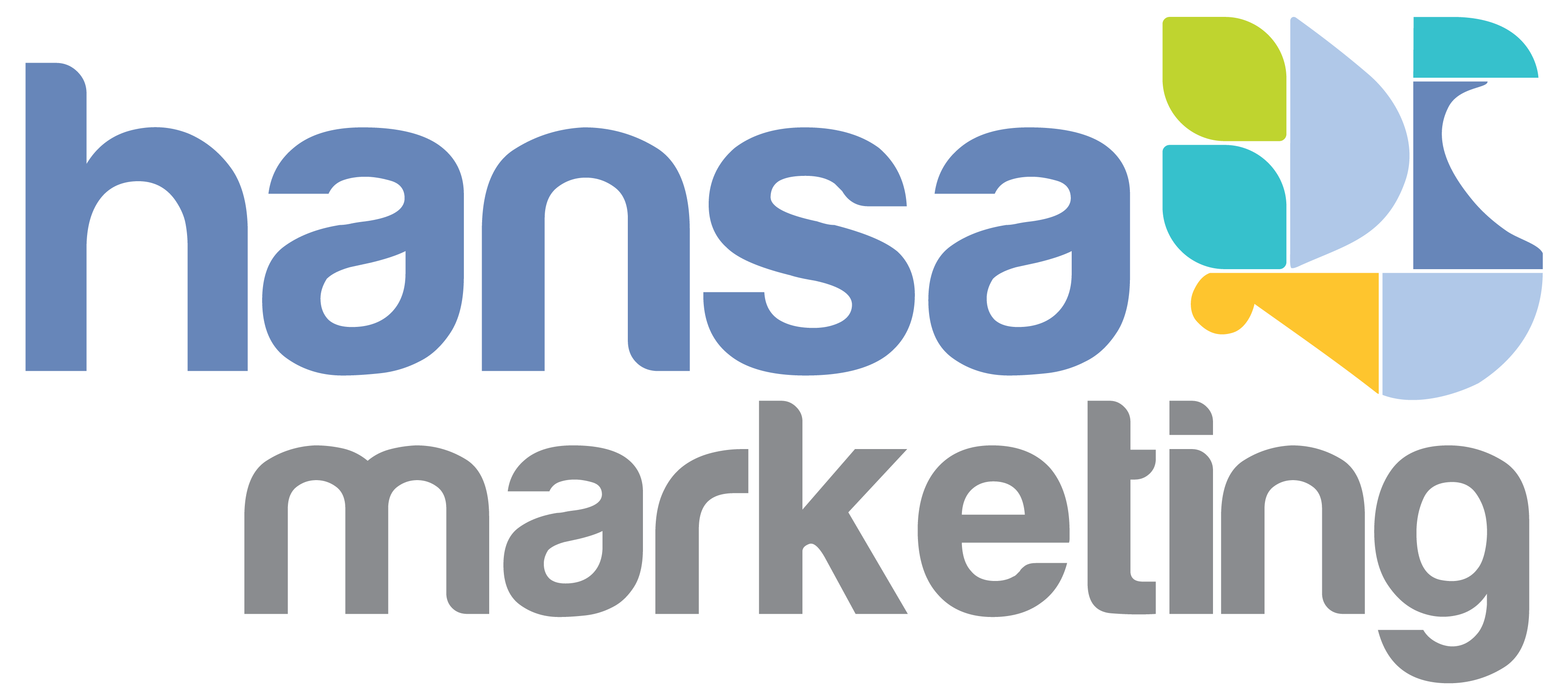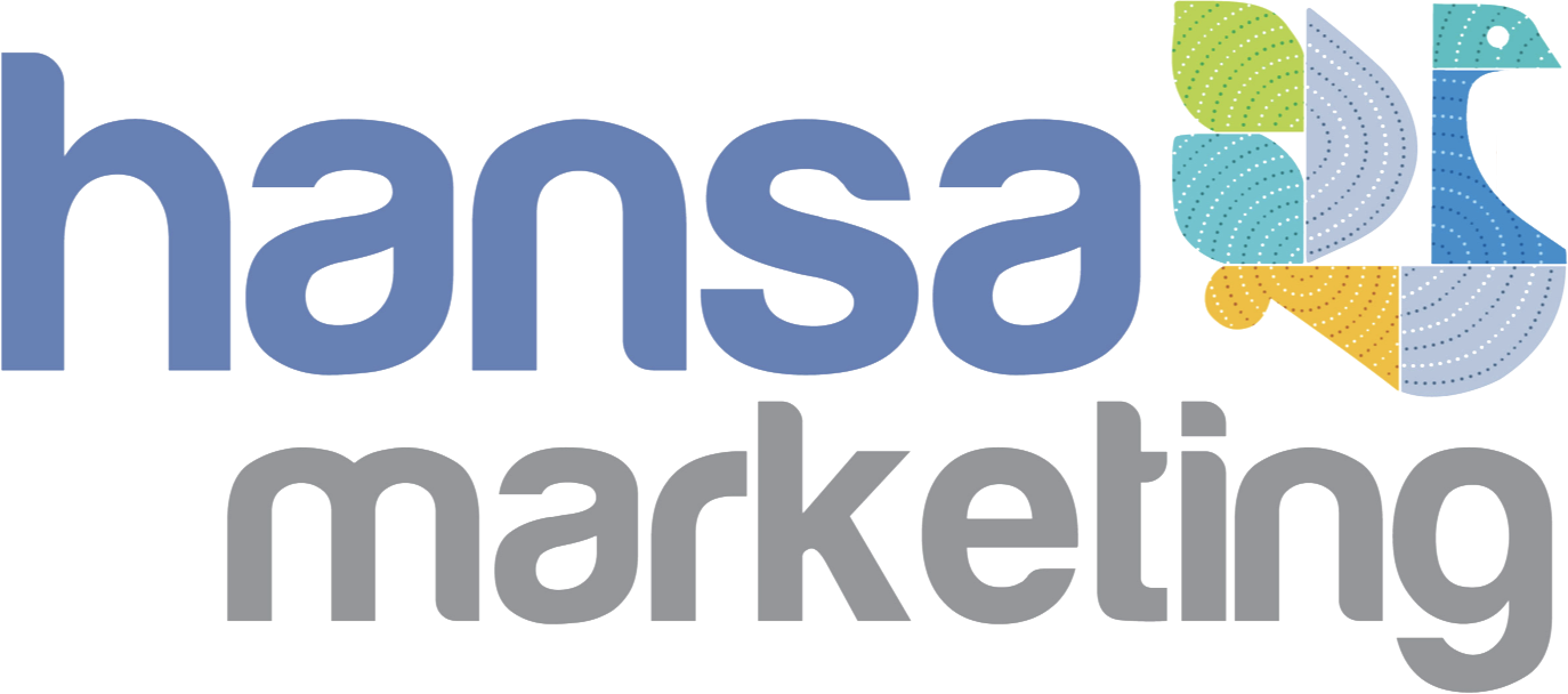Marketer's Guide to Effective Email: Part 3
The best email marketers I know welcome “failure.” What I’m referring to is cultivating a culture of continuous testing where failure is seen as learning. Marketers play offense by testing everything and that moves the ball forward. But failure is a way to play defense and a test result can be an early warning not to rollout a message, price change or offer and make a costly mistake.
People always ask for my opinion about the tactics of an email campaign. How am I supposed to know? I’ve been doing this for 25 years. At best I’m right half the time. By contrast, if I test, I win either way. I let the customers speak and I don’t get in their way with my own preconceived opinions.
Don’t get me wrong. I don’t want to fail, but I do want to identify ideas that will scale and testing is the best way to do it. The model we use at Hansa is test-learn-scale, not just test & learn which is a common phrase. The reason: I don’t want to know more; I want to sell more:
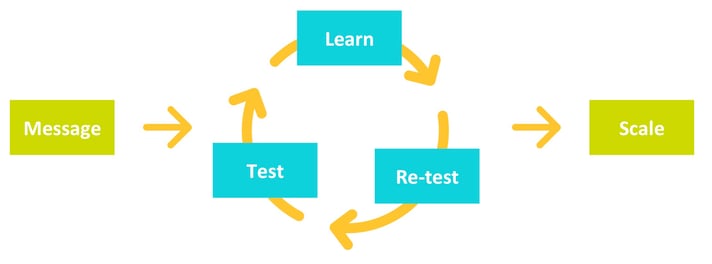
The best marketers leverage email’s unique ability to experiment quickly then measure results. If you have good tools, you can usually spot the winners within an hour. But you need to make testing part of your culture, and that brings us to part three of our series Marketer’s Guide to Effective Email:
- The way users sign up and what brands do next
- Whether customers see the email as valuable, or just more spam added to the pile
- A culture of continuous testing
- Integration with mobile, other digital channels and offline campaigns
- Measurement beyond opens and clicks
Begin by testing subject lines
Email marketers know the most important thing to test is the subject line. This is your headline, your first impression and likely your only opportunity to grab attention. The subject line summarizes what the email is about. It should be compelling and inspire action. You can use promotional language, but whatever you use, make sure it is true to the brand voice.
There are plenty of technologies to help personalize emails, such as Persado, Phrasee, Certona, Monetate, Optimizely to name a few. More and more, artificial intelligence will optimize this process. But it is up to you to cultivate the culture of testing and act on those learnings.
Here is our ranking, based on our experience with hundreds of email marketers:
Good: Your email program consistently uses subject lines that compel the user to open the email (even if you are guessing, something good is happening)
Better: You put a formal process in place to continually test subject lines in controlled experiments (against control groups); you can prove email is driving incremental sales and value to the firm as your reward
Best: You have an ability to react in real-time. Some companies test email early in the morning (5:00 am) then rollout winning subject lines based on early results
Test everything
What’s the most personalized email you ever got? It felt like the message, the creative imagery, the offer, the copy, everything was written just for you. All of these elements of an email are fair game for testing. The goal is a personalized, relevant email experience for customers, and you should be able to demonstrate the effectiveness of each element (not just look good, but make the cash register ring).
What worked and why:
- Subject line
- Message
- Offer
- Visual content
- Call to Action
- Cadence
- Time of day
Here is a simple A/B test of a Call to Action (CTA). Could you have guessed version B would’ve outperformed version A by 49% without testing? One promotes a webinar; the other a slideshow but one is much more effective:
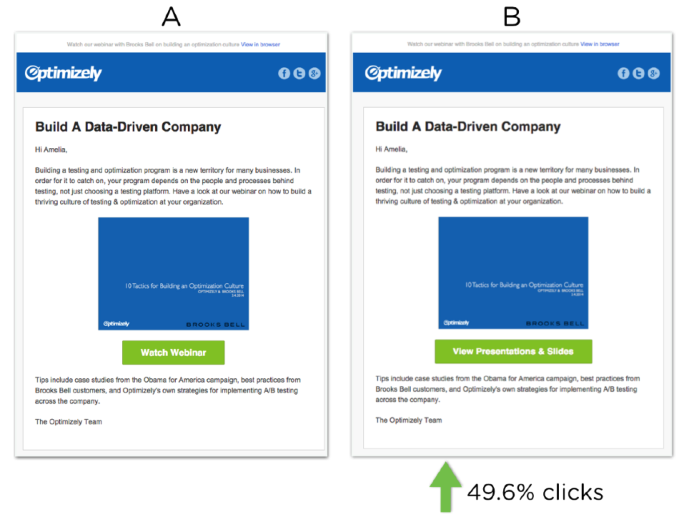
Source: Optimizely
Remember, good ideas can come from anywhere. Consider this order confirmation test which may have come from a sales associate:
- A personalized thank you
- A delivery notice with an image of the merchandise
- A dialog that could lead to more sales
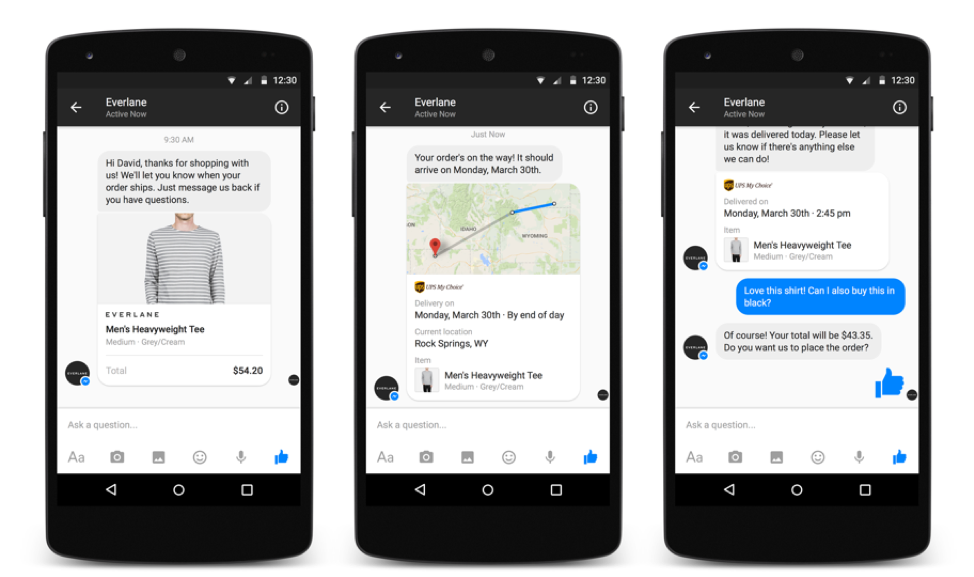
Source: Kargo
Here is our ranking of testing maturity:
Good: Some level of testing is taking place
Better: Processes are in place to continuously test images, messages, offers, layouts. Control groups are used to demonstrate incrementally
Best: You have the ability to read results and adjust quickly
Test the landing pages
The best email will fall flat if the click lands on a page that is not relevant, confusing or otherwise ineffective. When it comes to landing page optimization, how do you fare?
Good: Email contains links to a landing page that supports the email and finishes the job after the clickthrough
Better: Some kind of formal Landing Page Optimization (LPO) process is in place that continually tests landing page elements, not just emails
Best: Landing experiences vary by customer or segment, not just by email campaign
Optimize for mobile
Research confirms what we already know - Emails that don’t render properly on mobile will be ignored. The best brands don’t shrink and squeeze their emails onto a tiny mobile screen. They design the email to take full advantage of what makes mobile superior in many situations (e.g., location awareness). Be sure to test all the variations of devices and browsers as part of your test & learn commitment and rank your mobile email along these lines:
Good: Email is responsive and renders correctly across devices
Better: Email is optimized for mobile taking advantage of the inherent utility of mobile (camera, location, proximity to a destination, payment)
Best: The email is specifically developed for mobile and is disruptive to the buying process like the Everlane example above
WHO IS HANSA?
Hansa is a marketing communications agency that integrates insights and engagement. When clients work with us, they solve business problems and prove that marketing works.
